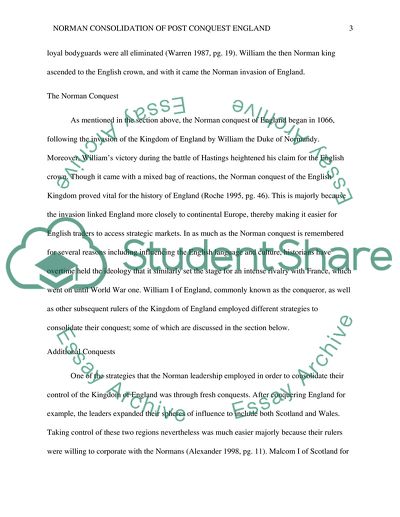Cite this document
(“How did the Normans consolidate control of post-conquest England Essay”, n.d.)
How did the Normans consolidate control of post-conquest England Essay. Retrieved from https://studentshare.org/history/1663606-how-did-the-normans-consolidate-control-of-post-conquest-england
How did the Normans consolidate control of post-conquest England Essay. Retrieved from https://studentshare.org/history/1663606-how-did-the-normans-consolidate-control-of-post-conquest-england
(How Did the Normans Consolidate Control of Post-Conquest England Essay)
How Did the Normans Consolidate Control of Post-Conquest England Essay. https://studentshare.org/history/1663606-how-did-the-normans-consolidate-control-of-post-conquest-england.
How Did the Normans Consolidate Control of Post-Conquest England Essay. https://studentshare.org/history/1663606-how-did-the-normans-consolidate-control-of-post-conquest-england.
“How Did the Normans Consolidate Control of Post-Conquest England Essay”, n.d. https://studentshare.org/history/1663606-how-did-the-normans-consolidate-control-of-post-conquest-england.


